Have you ever wanted to catch fish with a bow and an arrow? Bowfishing is a very interesting and different sort of activity where you can use a bow and arrow to capture fish. But before you paddle out to the sea, there is a lot that you need to know.
This article will provide you with all the necessary information about bowfishing from the beginner level to the advanced level. This post will describe what bow fishing entails, the species of fish you can catch, the necessary equipment, the permits required, and some tips to enhance your bow fishing experience.
What Is Bowfishing?
Bowfishing is the process of hunting fish using a bow and arrow with a broad head. Unlike conventional fishing with rods and reels, bow fishing is the use of archery gears and equipment to catch fish in shallow water since fish are easily spotted in such waters.
This technique fuses the precision of archery, plus the chasing of the prey, thereby making it an exciting and thrilling outdoor sport that has immensely gained popularity in recent years.
Bowfishing is a sport for seasoned archers and may be an excellent way to get beginners into the sport since they get to develop their shooting skills excitingly.
What Types of Fish Can You Shoot With a Bow?
Some of the fish that you can hunt with a bow in your location will be dependent on the laws that have been set in place.
However, some of the most popular fish species that are fished in different geographical areas include.
1. Rough Fish
These are often non-native species that can cause harm to the ecosystem through predation and competition with native fish for food and shelter. For instance, Common Carp reproduce at an alarming rate and do not face any threats in many regions.
They feed on the bottom which makes water murky, and they also dig up aquatic plants which are important for the water bodies.
Two of the most common species of Asian Carp are the Bighead Carp and the Silver Carp, which are very fast-growing fish that sometimes jump out of the water and can pose a threat to boaters.
Grass Carp, which were brought in for weed control, can become a problem themselves if not controlled. It also assists in the management of these unfavored fish species.
2. Gar
These are ferocious-looking fish that are characterized by their streamlined bodies, pointed snouts, and tridents of teeth.
It is a bony fish that is not considered as a common food fish, but what makes bowfishing for Gar interesting is that they are large, acrobatic fish that will give an exciting fight.
Some of the most often targeted gar species include the Longnose Gar, Short Nose Gar, and Spotted Gar. The alligator gar, the largest freshwater fish in North America is another exciting game for bow fishers where specific regions allow its harvesting.
3. Other Species
In your locality, you will be allowed to blowfish for Catfish, one of the most sought-after and challenging fish to catch. Some of the species that are targeted by bowfishing enthusiasts include; Tilapia which is another invasive species.
Asian Snakeheads are also legal to capture in certain areas; these are invasive species that are known to be effective in colonizing new environments and feeding on other fishes.
Paddlefish, giant filter-feeding fish having a distinctive elongated snout can be fished with bows only in certain locations with permission from the state officials.
Some of the saltwater fish that can be bow fished include the Flounder, Sheepshead, and Drum and it can be done in certain coastal areas.
Where To Aim When Bowfishing?
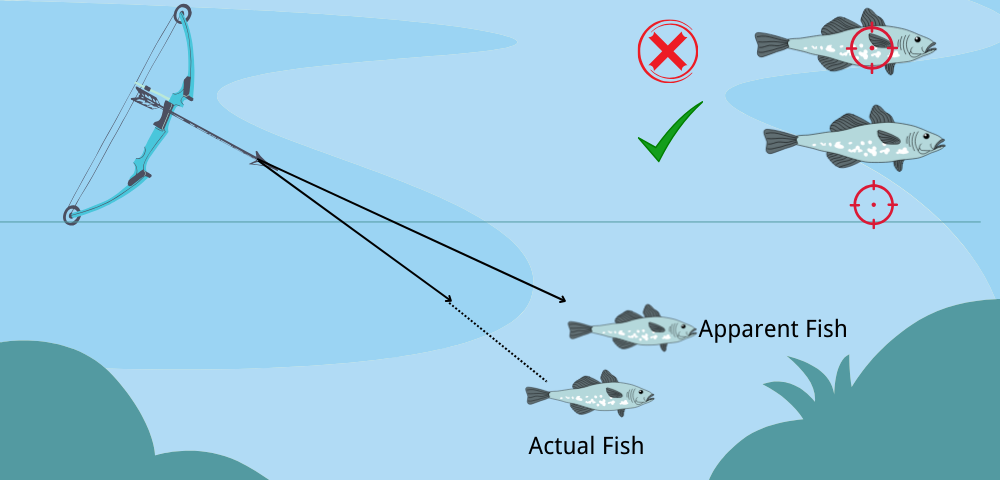
The most precise strategy for figuring out how low one should aim is to perform this task repeatedly. Some of the things that can be done are, dive and practice the shots at the targets in various water depths and distances to realize the extent of refracture impact on the impact point.
However, these are the few things you should do.
Aim Low: This is something that one must always remember when bowfishing especially when targeting fish. Some basics of fishing require beginning 6-10 inches below the area where the fish seems to be.
The 10-4 Rule: Another precise approach is, the “10-4 rule.” From this rule, it is recommended that for every 10 feet, the fish is away from you, you should aim 4 inches lower. Hence, if you are viewing fish at a distance of 20 feet and the perceived depth is 1 foot, you shoot two times the perceived depth below the fish.
Do You Need a License for Bowfishing?
Yes, in most locations a fishing license is required for bowfishing. While a general fishing license will often suffice for bowfishing, some states might have additional regulations in place.
These could include specific bowfishing licenses, permits, or stamps required in conjunction with a fishing license. There may also be regulations for certain species or areas that only allow bowfishing with a special permit.
Always check your local fishing and bowfishing regulations to ensure you have the proper licenses and permits before heading out. This will help you avoid any legal trouble and ensure a safe and enjoyable fishing experience.
Can You Bowfish With Any Bow?
Bowfishing is one activity where using a traditional hunting bow is not advisable at all or rather not recommended. Here’s why:
Draw Weight: Some species of Bowfishing call for a higher draw weight than normal hunting bows although there are those that we will be reviewing soon. Indeed, fish can put up quite a fight; additionally, more draw weight is required to provide enough mass to pierce the water and hit the fish.
Durability: Bowfishing equipment is immersed in water whether in salt or freshwater. A typical hunting bow for example might be designed without the capacity to first resist water or to endure wet and dry environments for long. Bowfishing bows are built from watertight materials and outfitted with rustproof coatings to withstand such environments.
Features: Bowfishing bows may come with a bowfishing reel system that would easily attach to the bow for purposes of recovering arrows after shooting. They may also employ special arrow rests to accommodate the larger bowfishing arrows.
How To Tie a Bowfishing Arrow?
Two primary aspects have to be mastered when it comes to bowfishing and they are how to manufacture a good knot by which the arrow can be fixed and how to bait effectively.
Below is the procedure that one can follow to make the common bowfishing arrow knot.
Equipment
- Bowfishing line connected to your reel
- Bowfishing arrow with slide (a small device that allows the line to move freely up and down the arrow shaft)
Steps to Follow
- Thread the Line: The bowfishing line should be taken from the reel and through the hole of the bowfishing arrow slide it should be passed. It doesn’t matter which hole you choose.
- Double the Line: Pick up the next link of the chain and push the string through one of the holes of the slide, then pull it through the other hole of the slide. This in effect creates a need for a line that comes from the slide and forms a kind of loop.
- Create Slack: Let about 10-12 inches of the looped line extend from the slide. This will give you enough material to work with for the knot you have chosen to make out of the chosen material.
- From the Loop: Slide the looped line over your hand, then pinch it with two fingers that are 3-4 inches from the slide. This creates a secondary loop that exists within the flow coming out of the slide.
- Twist the Loop: Now, from the smaller loop given by your fingers, turn this twice by 180 degrees in the counterclockwise direction. This twist creates a foundation for your knot.
- Slide Down the Arrow: While holding the twisted loop, pull the said loop towards the opposite ends of the arrow shaft to its complete length. It should pass over the arrow point, then down the shaft, over the slide, and finally go around the nock which is the grooved portion where the arrow fits the bowstring.
- Tighten the Knot: When the loop comes to the nock, one needs to pull both sides of the line tightly to make the knot tight enough. You should observe the knot to lie a few inches behind the slide on the surface of the arrow shaft.
- Final Check: Make sure that the knot is good and well tied, and that all the ropes are well connected. If you do have any extra line, you can cut it there.
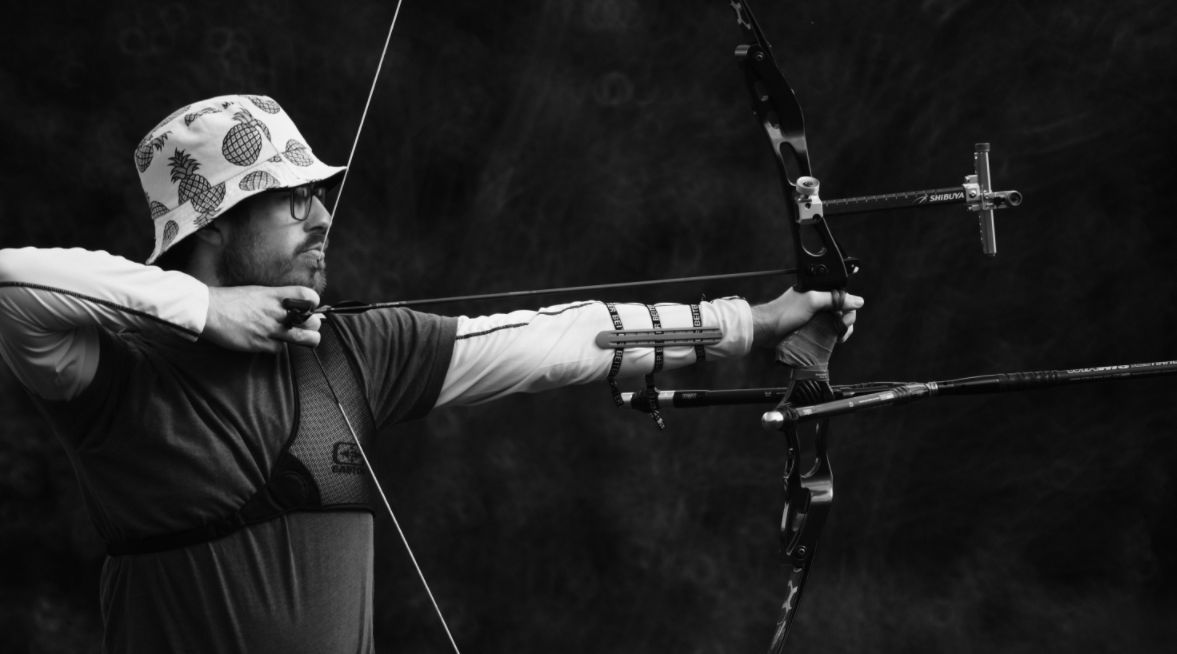
How To Sight In a Bowfishing Bow?
Unlike traditional archery, bowfishing sights often focus on adjusting for water refraction rather than long-distance accuracy.
Here’s a simplified explanation of sighting in a bowfishing bow:
- Set up a target at a close range (around 10-15 yards) in shallow water.
- Fire test shots and observe where your arrow hits compared to the aiming point.
- Adjust your bow sight (usually up/down) to match the point of impact with your aiming point.
- Repeat steps 2-3 until your arrow consistently hits where you aim underwater.
How To Practice Bowfishing?
Since you can’t ethically target live fish out of the water, here are some practical ways to hone your bow fishing skills.
Shallow Water Targets
Place goals such as balloons or jugs perhaps in areas where the water is shallow and visibility is good. This mimics the actual bow fishing environment and assists you when you are attempting to figure out the best aiming point knowing that the light is bent.
Backyard Practice
Special care should be taken to listen and practice before commencing the meeting. However, even the practice of diction on the land is productive. It is possible to shoot at floating targets placed in a kiddie pool or a similar basin to work on form and shot quality.
Substitute Targets
Empty soda cans or water bottles put inside a bucket full of water are a good point of aim for practicing on land for better accuracy. What’s more, to enhance your shooting skill, you can also choose a professional archery target for long-lasting practice. Kalkal Archery Target Cube is a good option.
Do You Need Bowfishing Lights?
Tactical bowfishing lights are useful in almost any bowfishing situation due to the simple fact that underwater visibility is a weak point by nature.
Bowfishing differs from conventional fishing in the sense that this is usually done at night or when the water is very murky.
Under such circumstances, relying on natural light sources can cause a lot of strain on one when fishing because it is hard to see the fish that are swimming just beneath the surface.
Here are the two main types of bowfishing lights:
- Bow-Mounted Lights: These lights are attached directly to your bow and project a powerful beam of light in front of you. They come in various wattages and configurations, with LED lights being the most popular choice due to their energy efficiency and bright output.
- Spotlights: These handheld or boat-mounted spotlights can be used to supplement your bow-mounted light or illuminate a wider area while searching for fish. They offer more flexibility but require an extra hand to operate.
Tips: How To Bowfishing?
Here are some quick tips for bowfishing:
- Stay Still: Fish are easily spooked by movement. Approach your spot quietly and stay still while aiming.
- Camouflage: Wear natural colors that blend in with your surroundings.
- Shot Placement: Aim for the vital areas of the fish, like the head or behind the gills, for a clean and ethical shot.
- Practice Reeling: Get comfortable quickly reeling in your line after a shot to secure your fish.
- Follow Regulations: Always check and adhere to local bow fishing regulations for licenses, legal species, and any specific rules.
- Respect the Environment: Dispose of any waste properly and avoid disturbing natural habitats.
Conclusion
Bowfishing is an interesting sporting activity that in some ways resembles a shooting game but in the water. It may be said that archery is easy as a bull’s eye is not difficult to find; however, it has a little more to it than picking up a bow and arrow.
This article considered all the basic aspects starting from what kind of fish you can catch and concluding with the necessary equipment. Following the different tips and advice pointed out in detail, the perspective bow fishers should be successful more or less.
Never forget to keep the workplace safe, adhere to certain rules, and not harm nature.


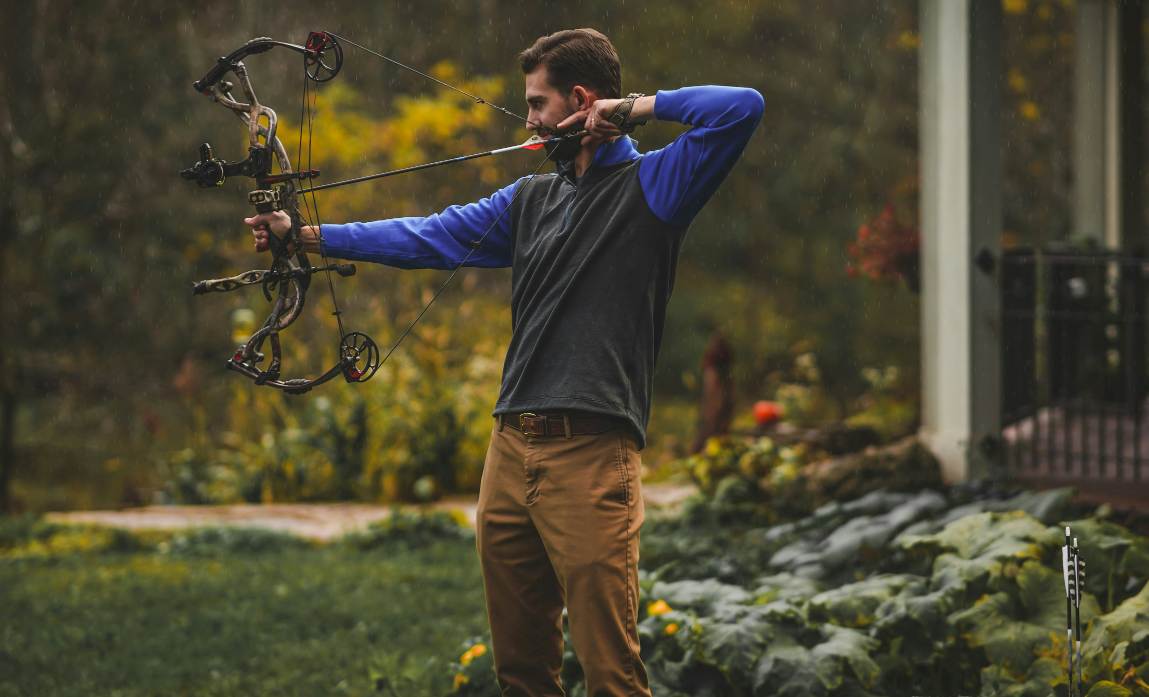





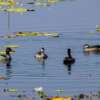


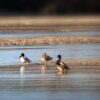
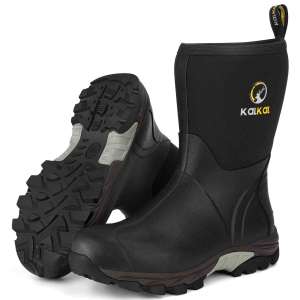


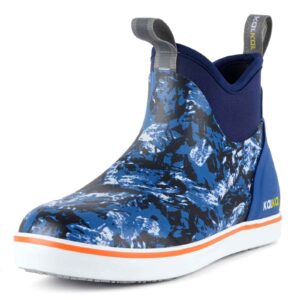



Leave a reply